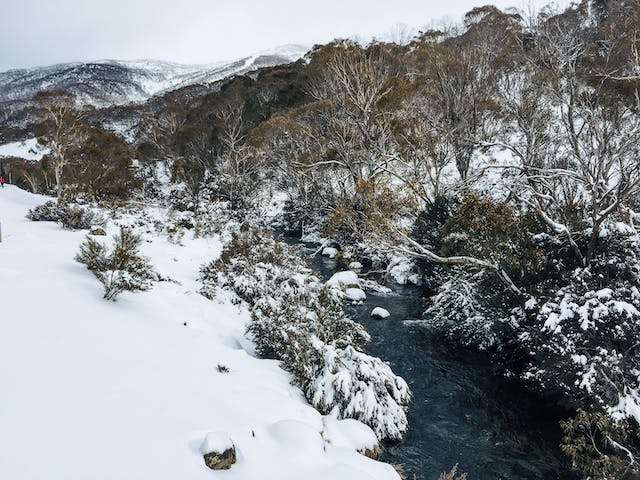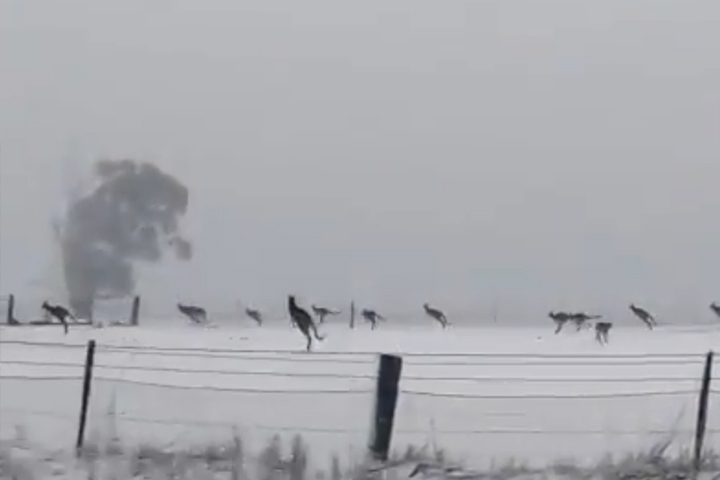Discover the Fascination Behind Snow In Australia and Its Mountainous Areas
Discover the Fascination Behind Snow In Australia and Its Mountainous Areas
Blog Article
Discover the Remarkable Impacts of Snow in Australia on Regional Communities
In spite of its reputation for sun-soaked landscapes, Australia likewise boasts areas blanketed by snow-- a phenomenon that exceptionally influences the nation's special ecological communities. The insulating residential or commercial properties of snowflakes secure plants and fauna in the middle of the chilliest winters, while the melting snow nurtures rivers and water life.
The Unexpected Regions of Snowfall in Australia
Although Australia is typically associated with sun-scorched landscapes and sandy beaches, particular regions surprisingly experience snowfall. The high nation areas of New South Wales, Victoria, and Tasmania are specifically understood for their wintertime snow. The Snowy Mountains in NSW, for circumstances, obtain bountiful seasonal snow, supplying a stark comparison to the nation's common hot, arid environment. Meanwhile, the Victorian Alps and components of Tasmania additionally see annual snowfalls, transforming the landscape into a winter paradise. These locations are not just abnormalities yet essential components of Australia's diverse climate system. The visibility of snow in these areas substantially affects regional ecological communities, consequently influencing the nation's unique biodiversity. However, the details influence on Australia's unique vegetation will certainly be discussed in the next area.

Just How Snow Impacts Australia's Distinct Plants
While it may seem uncommon, snowfall in Australia plays a crucial function in forming the nation's unique vegetation. The snow-filled winter seasons foster resilience in Australian plant species. This is specifically noticeable in the alpine and sub-alpine regions, where snow gum tissues and hill plum-pines grow. These plants have actually advanced to endure in extreme problems, with snow serving as a protective covering from severe winds and freezing temperatures. The snow additionally adds to the dampness material of the soil, providing required hydration for plant during the dry summertime. Essentially, the snow affects the timing of blooming and seed dispersal, the growth rates, and the survival of lots of plant species, showcasing the detailed interplay between environment and plants in Australia.

The Adjustments of Australian Animal to Snowfall
Equally as Australia's flora has adapted to the wintery problems, the local animals this hyperlink also, show exceptional adjustments to the snowfall. Types like the Hill Pygmy-possum, the only Australian marsupial recognized to hibernate, have actually evolved approaches to endure in snowy atmospheres. It uses the snow as insulation, hibernating in rock crevices underneath the snow to stay cozy. In a similar way, the Snow Skink, a varieties of lizard, changes its colour to white during winter, offering camouflage versus killers. Birds such as the Snowy Hills' Crimson Rosella likewise change their diet regimens to consume readily available food resources during cooler periods. Therefore, regardless of the harsh conditions, Australian animals shows a durable and adaptive nature, ensuring their survival in areas experiencing snowfall.
The Function of Snow in Shaping Regional Ecosystems
Fit the neighborhood communities, the duty of snow in Australia is both extensive and multilayered. It affects the distribution of plants and animals, greatly specifying the biodiversity of alpine and sub-alpine areas. Snow offers a vital water resource, feeding rivers and tanks as it melts, thus supporting a variety of marine life types. In addition, snow functions as an insulator, protecting ground-dwelling microorganisms this hyperlink from severe cold. It plays a substantial function in dirt formation and go nutrient biking. The periodic cold and thawing of dirt induced by snowfall promotes the malfunction of rocks, boosting dirt fertility. Subsequently, the presence of snow forms the plants patterns, pet habits, and overall sustainability of Australia's one-of-a-kind ecosystems. Does It Snow In Australia.

The Future of Snowfall in Australia: Forecasts and Effects

Offered the critical duty snow plays in forming local communities, the future of snowfall in Australia is attracting enhancing attention from researchers and ecologists. Less snow can result in reduced water accessibility in towering regions, detrimentally impacting wildlife environments and plant life. The tourism industry, greatly dependent on the winter snow period, might also deal with substantial obstacles.
Conclusion
The duty of snow in Australia's ecological communities is critical yet commonly neglected. It acts as a guard, a nurturer, and a shaper of diverse towering types, adding to the richness of Australia's high country. As weather patterns remain to change, comprehending the implications and prospective transformations of these snow-influenced communities is critical. Thus, the snow in Australia is much more than a natural phenomenon; it's an essential player in the nation's environmental narrative.
In spite of its track record for sun-soaked landscapes, Australia likewise flaunts regions buried by snow-- a phenomenon that greatly affects the nation's special ecological communities. It utilizes the snow as insulation, hibernating in rock crevices beneath the snow to remain warm - Snow In Australia.In forming the regional communities, the duty of snow in Australia is both multilayered and extensive. The presence of snow shapes the greenery patterns, pet habits, and general sustainability of Australia's one-of-a-kind communities
Given the vital function snow plays in forming regional ecosystems, the future of snowfall in Australia is drawing raising interest from scientists and conservationists.
Report this page